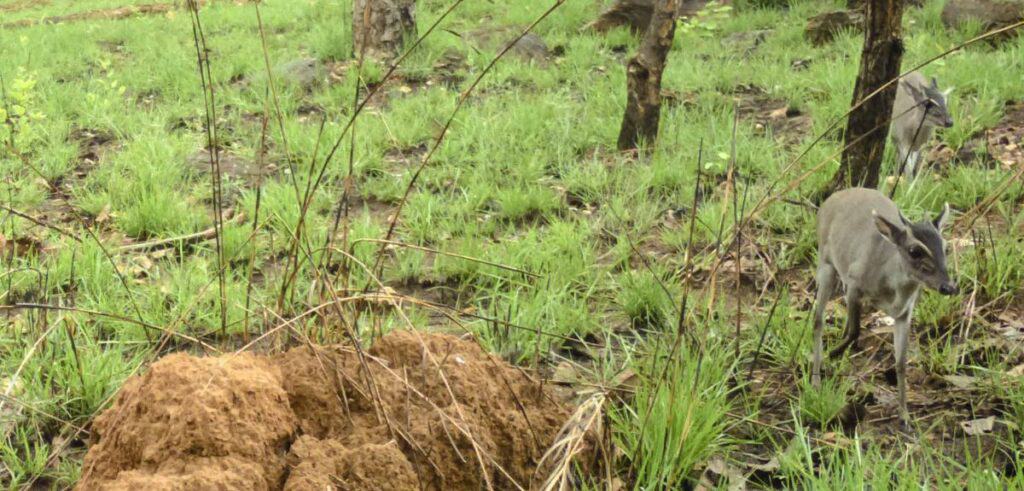For the first time ever, scientists were able to capture images of a live Walter’s duiker, a petite African antelope species, in the wild using camera traps, according to Oxford University.
Camera traps, devices used to capture wildlife using motion sensors, are saving the animals from bushmeat hunters.
Researchers were able to plant 100 camera traps around Fazao-Malfakassa National Park in central Togo, to capture an image of the Walter’s duiker, alive for the first time in 200 years and other rare species of aardvarks and a mongoose.
“Camera traps are a game changer when it comes to biodiversity survey fieldwork,” Neil D’Cruze, a wildlife biologist at the University of Oxford told Gizmodo. “I’ve spent weeks roughing it in tropical forests seemingly devoid of any large mammal species. Yet when you fire up the laptop and stick in the memory card from camera traps that have been sitting there patiently during the entire trip—and see species that were there with you the entire time —it’s like being given a glimpse into a parallel world.”
Prior to the use of camera traps, researchers were forced to rely on information from bushmeat hunters, who bring carcasses of the rare animal to market.
“This graceful antelope has, for the last 200 years, displayed a great talent for avoiding scientists, but proven tragically less adept at avoiding nets, snares and hunting dogs,” said David Macdonald, a zoologist at the University of Oxford and director of the university’s WildCRU conservation unit. “Plotting their whereabouts in bushmeat markets is roughly analogous to plotting the habits of deer in the UK by mapping their occurrence on butchers’ slabs.”
The species was first identified in 2010 after comparing bushmeat specimens to other known duiker specimens. The species is so rare that the International Union for Conservation of Nature notes its status as “data-deficient,” a classification that excludes it from the list of endangered animals.
The WildCRU team at Oxford University is trying to change that.

